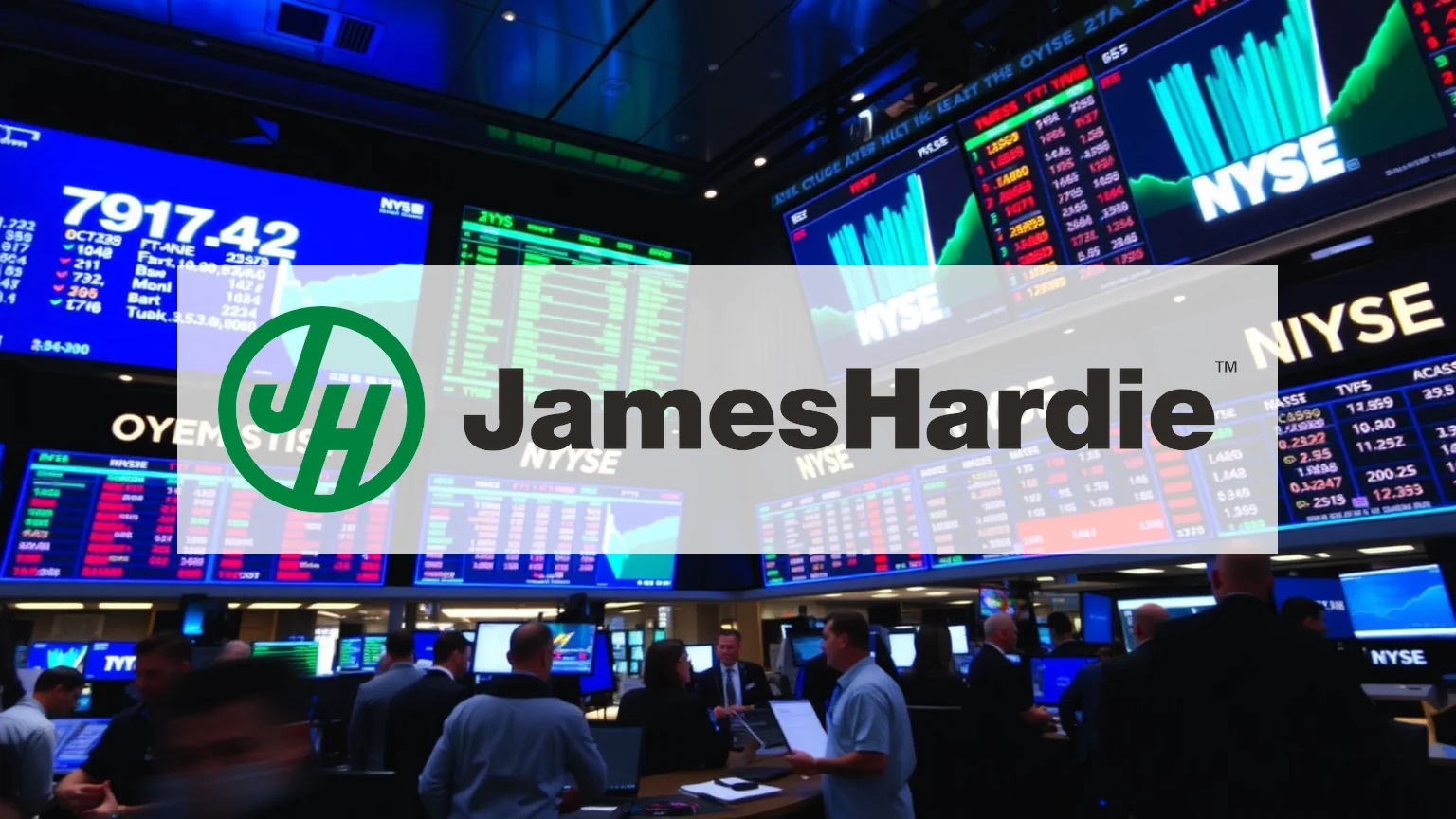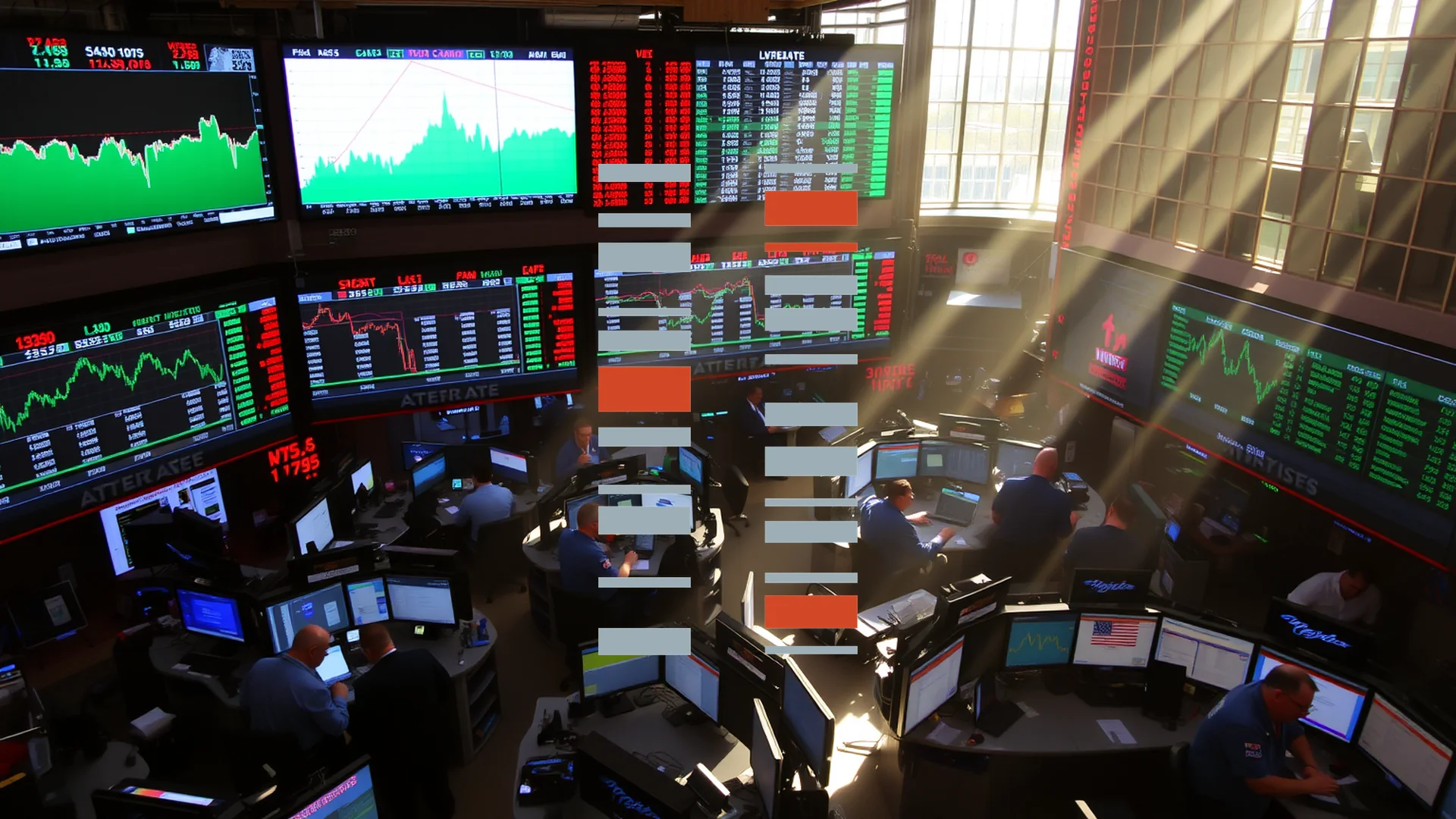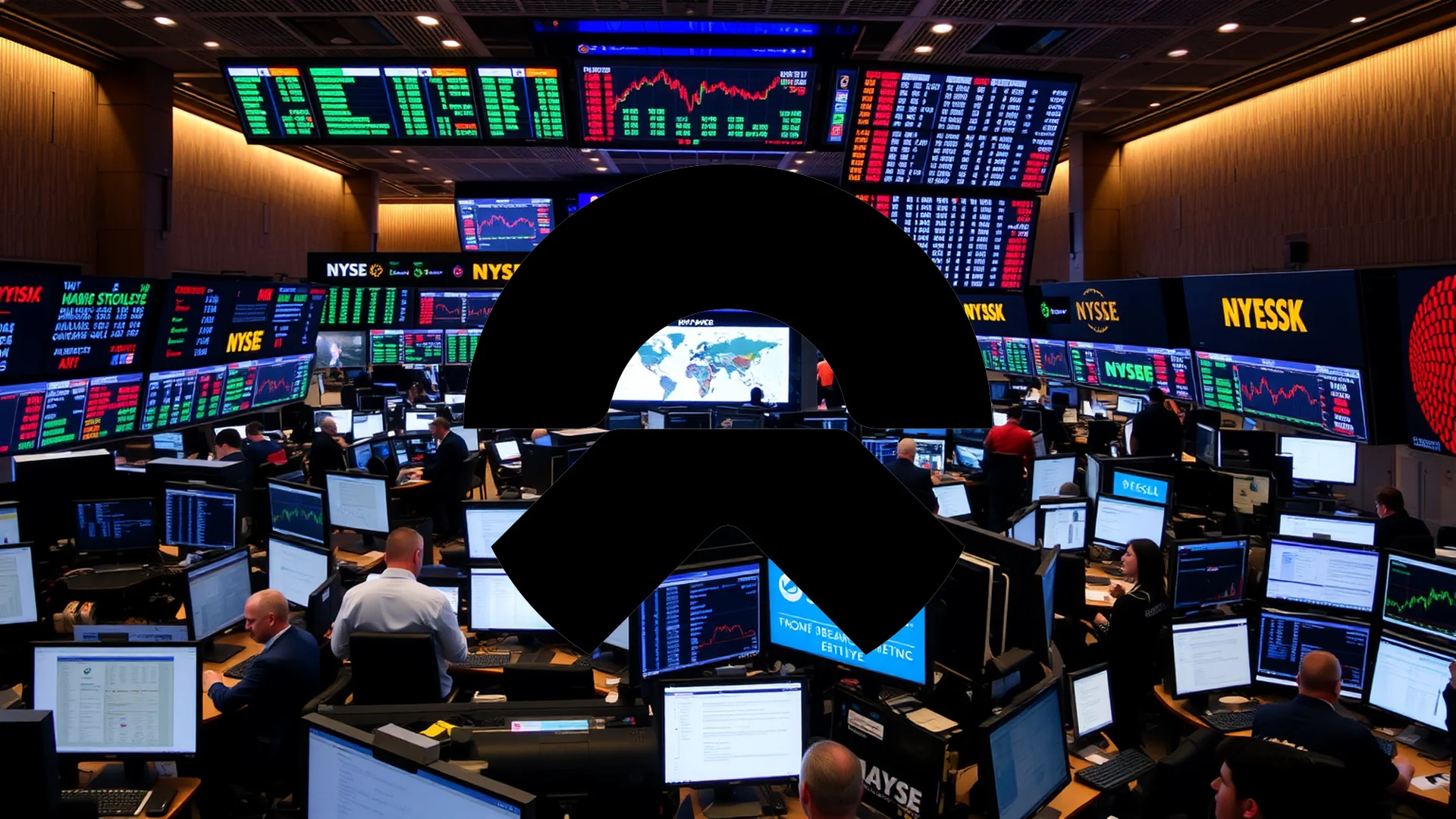James Hardie Industries finds itself navigating a severe crisis as its stock experiences a dramatic collapse. The building materials company has shed more than a third of its market capitalization in a matter of days, battered by a devastating combination of weak quarterly results, a wave of analyst downgrades, and the launch of a securities fraud investigation. This represents a classic scenario where multiple negative catalysts converge, prompting a ruthless response from the market.
A Cascade of Analyst Downgrades Intensifies Selling Pressure
The market’s reaction was swift and severe. Following the earnings release, a wave of selling began in after-hours trading on August 19, with shares plummeting 21%. The downward trajectory continued unabated the next day, culminating in a staggering single-day loss of 27%. By August 28, the total decline had reached a devastating 34%.
This sell-off was fueled by an almost unanimous negative shift from Wall Street analysts. Leading financial firms dramatically altered their stance on the company:
- CLSA downgraded its rating from “Hold” to “Underperform.”
- UBS executed a sharp reversal, moving its recommendation from “Buy” to “Neutral.”
- Ord Minnett now advises clients to “Sell,” attaching a price target of A$29.
- Even those maintaining “Buy” recommendations, such as Truist Securities, significantly reduced their price forecasts.
Disappointing Earnings Report Serves as Initial Catalyst
The turmoil was triggered on August 19 by a quarterly earnings report that fell short of expectations across key metrics. The company’s adjusted earnings per share (EPS) came in at $0.29, notably missing the consensus forecast of $0.33. More significantly, net sales declined by 9% year-over-year to $899.9 million, a figure that fell well short of the projected $952.7 million.
Should investors sell immediately? Or is it worth buying James Hardie Industries?
Management compounded the disappointment by substantially revising its full-year guidance downward. James Hardie now anticipates a markedly lower adjusted EBITDA, retreating from its previous forecast of $1.05 to $1.15 billion. Company leadership attributed this weaker outlook to a “normalization of inventory levels” and softer activity in the new single-family home construction sector.
Legal Woes Add a New Dimension to the Crisis
Beyond these operational challenges, a new threat emerged on August 28. The law firm Hagens Berman announced it is investigating the company for potential securities fraud. The probe centers on whether James Hardie misled investors regarding the sustainability of its business model. Other law firms have since initiated similar investigations, adding legal risk to the company’s growing list of problems.
A recent strategic acquisition intended to provide diversification has instead become a burden. The purchase of The AZEK Company was meant to broaden the company’s portfolio, but integration costs are now pressuring cash flows. Consequently, management has slashed its free cash flow projection for 2026 from $500 million to just $200 million.
With the North American construction industry remaining a persistent concern, James Hardie is caught in a perfect storm. Until the housing market shows clear signs of recovery and the looming legal questions are resolved, any attempt at a share price recovery is likely to be met with further selling pressure.
Ad
James Hardie Industries Stock: Buy or Sell?! New James Hardie Industries Analysis from December 3 delivers the answer:
The latest James Hardie Industries figures speak for themselves: Urgent action needed for James Hardie Industries investors. Is it worth buying or should you sell? Find out what to do now in the current free analysis from December 3.
James Hardie Industries: Buy or sell? Read more here...










